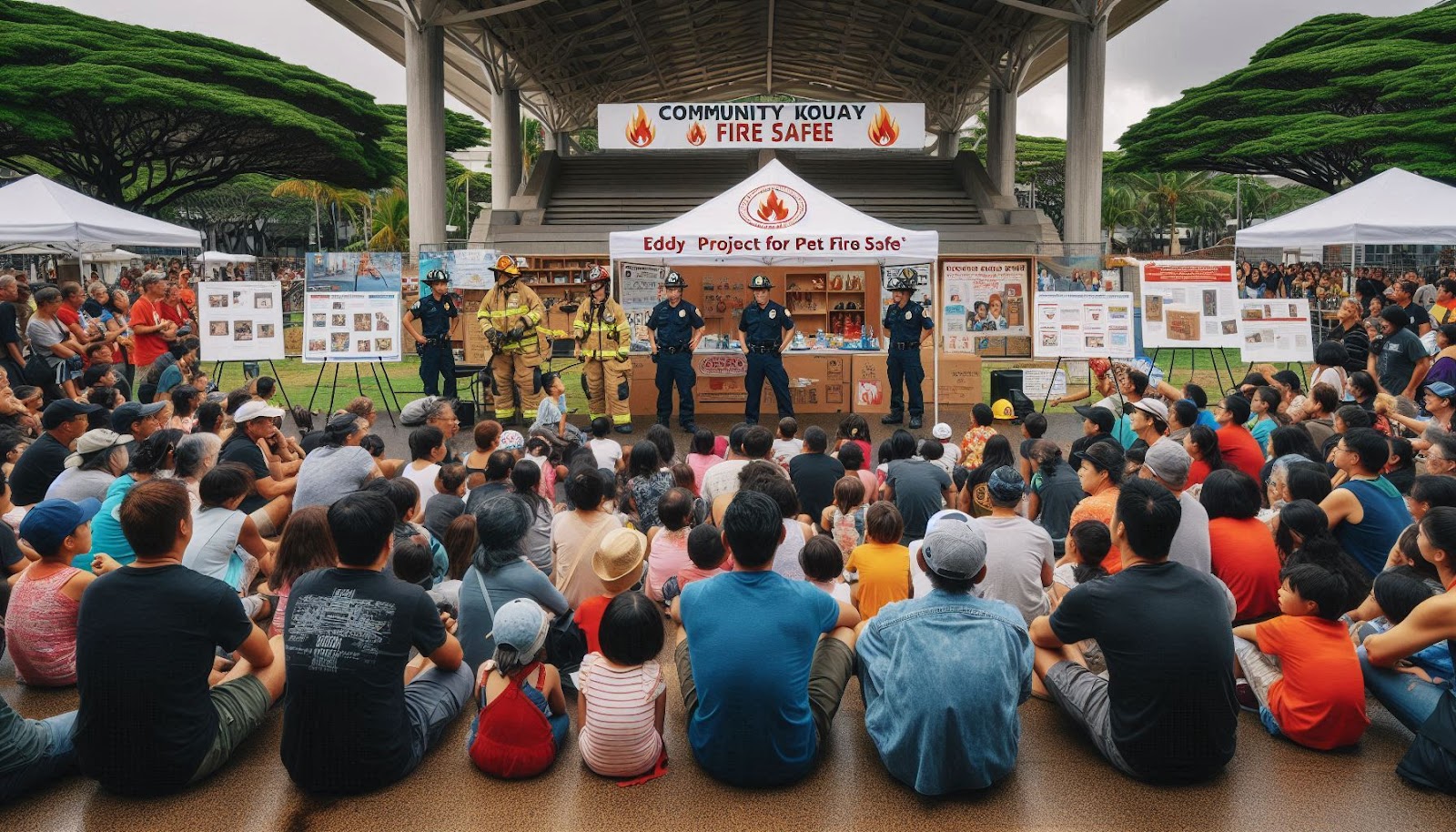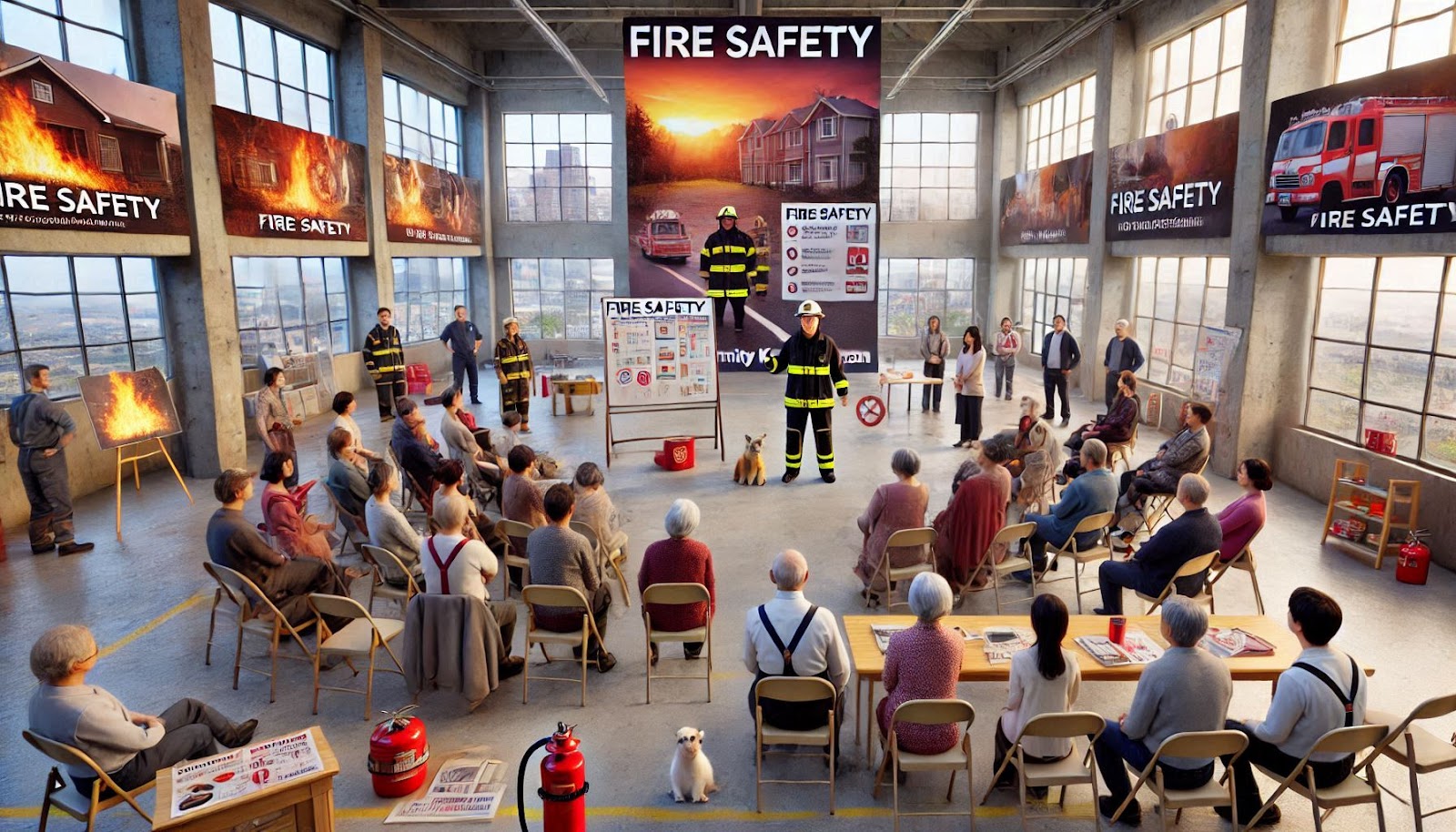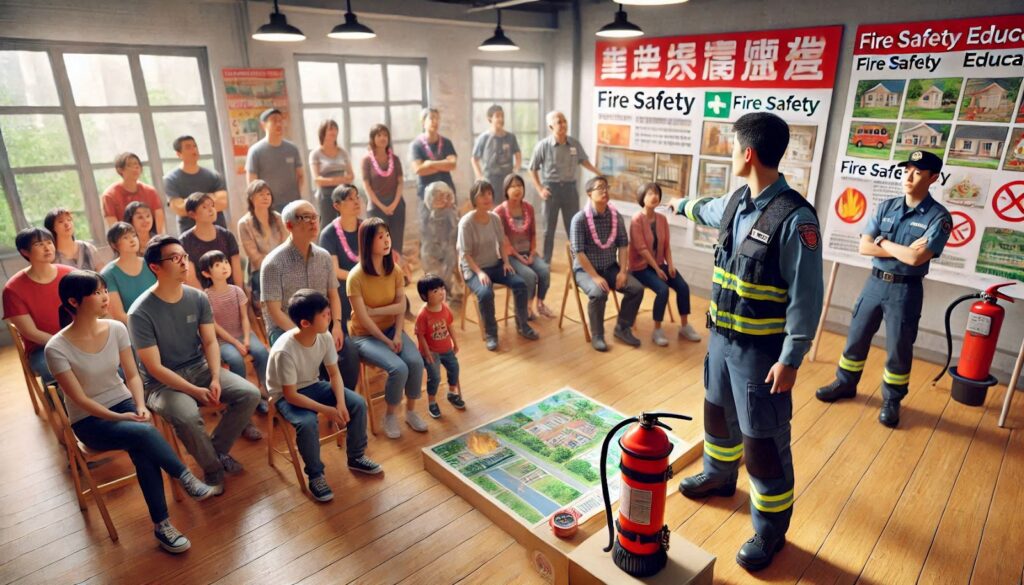In an era where attention spans flicker like flames in the wind, innovative approaches to fire safety education have become paramount. Leading animation studios like crftvideo.com are revolutionizing how we communicate life-saving information, transforming traditional safety messages into compelling visual narratives that ignite awareness and understanding. This evolution in educational methodology represents a seismic shift in how communities learn about and respond to fire hazards.
Igniting Change: The Psychology Behind Animated Safety Messages
The human brain processes visual information 60,000 times faster than text, creating an unprecedented opportunity for safety education through animation. This neurological advantage transforms complex safety protocols into digestible, memorable content that resonates across generations and cultures.
When viewers encounter animated safety content, their minds engage in a unique dance of cognitive processing. The combination of movement, color, and narrative activates multiple neural pathways, creating stronger memory imprints than traditional instructional methods. Research conducted by the National Fire Protection Association reveals that retention rates for animated safety content exceed 65%, compared to 20% for written materials alone.
The emotional connection fostered through animated characters and scenarios creates a psychological bridge between abstract safety concepts and personal relevance. This emotional resonance triggers the brain’s limbic system, enhancing both immediate attention and long-term recall of critical safety information.
Neuroscience studies indicate that animated content stimulates both hemispheres of the brain simultaneously, leading to enhanced comprehension and retention. This dual-processing phenomenon explains why viewers can recall animated safety procedures up to 18 months after initial exposure, compared to just 3-6 months for traditional training methods.
Breaking Through Cultural Barriers: Animation’s Universal Language
Animation transcends linguistic boundaries with a fluency that written or spoken communication cannot match. This universal accessibility has profound implications for multicultural communities where language barriers often impede traditional safety education efforts.
Statistical analysis from urban fire departments reveals that communities with access to animated safety content experience a 43% improvement in emergency response times across diverse demographic groups. This improvement stems from the visual nature of animated instructions, which communicate critical information regardless of language proficiency.
In metropolitan areas where multiple languages coexist, animated safety campaigns have demonstrated remarkable effectiveness. One notable study across five major cities showed that animated fire safety messages achieved 89% comprehension rates across different ethnic communities, compared to 47% for traditional multilingual printed materials.
The visual vocabulary of animation creates shared understanding that bridges not just language gaps, but also cultural interpretations of safety concepts. This universal comprehension becomes particularly crucial in emergency situations where quick, accurate response can mean the difference between life and death.

Transforming Abstract Concepts into Tangible Actions
Fire safety protocols often involve complex procedures that can seem abstract when presented in traditional formats. Animation breathes life into these concepts, transforming them from theoretical instructions into vivid, actionable scenarios.
Through carefully crafted animated sequences, viewers can observe and internalize proper emergency responses in a safe, controlled environment. This virtual experience builds muscle memory through visual learning, even before physical practice begins. Studies indicate that individuals who learn procedures through animation demonstrate 35% faster reaction times in actual emergency situations.
The power of animated demonstrations extends beyond immediate comprehension to long-term behavioral change. When complex evacuation procedures are presented through animation, implementation accuracy improves by 58% compared to written instructions alone. This improvement stems from the animation’s ability to showcase spatial relationships and temporal sequences in a clear, memorable format.
Advanced animation techniques allow for the visualization of otherwise invisible dangers, such as toxic smoke spread patterns or heat distribution during a fire. This capability gives viewers unprecedented insight into the physics of fire emergencies, leading to better-informed decision-making during actual crises.
Emotional Resonance: The Heart of Behavioral Change
Animation’s unique ability to create compelling characters and scenarios taps into the emotional core of human decision-making. This emotional engagement transforms passive viewers into active participants in their own safety education.
Through carefully crafted narratives, animated safety campaigns create memorable characters that serve as behavioral role models. Research indicates that viewers who form emotional connections with animated safety mascots are 72% more likely to implement recommended safety procedures in their daily lives.
The impact of emotional storytelling through animation extends beyond individual behavior to community-wide engagement. Communities exposed to character-driven safety campaigns show a 67% increase in participation in fire safety initiatives, compared to those receiving traditional educational materials.
Psychological studies reveal that emotional engagement through animation activates the brain’s reward centers, creating positive associations with safety behaviors. This neurological response helps overcome the natural resistance many people feel toward safety protocols, transforming obligation into active participation.
Digital Evolution: Leveraging Interactive Animation Technologies
The integration of interactive elements within animated safety content creates unprecedented opportunities for engagement and learning reinforcement. Modern animation techniques combine with digital technologies to create immersive educational experiences.
Virtual reality (VR) enhanced animations allow viewers to practice emergency responses in realistic scenarios without physical risk. Data shows that VR-animated training programs reduce procedural errors by 87% compared to traditional training methods.
Augmented reality (AR) applications leverage animated content to overlay safety information onto real-world environments, creating context-specific learning opportunities. This technology has shown particular effectiveness in workplace safety training, with a 93% retention rate for procedures learned through AR-animated instruction.
Mobile platforms deliver animated safety content directly to users’ devices, enabling just-in-time learning and emergency guidance. Analytics reveal that mobile-optimized animated safety content receives 4.8 times more engagement than traditional safety materials.
Measuring Impact: Analytics and Outcomes in Animated Safety Campaigns
The effectiveness of animated fire safety campaigns can be measured through various metrics, providing concrete evidence of their impact on community safety outcomes.
Comprehensive data analysis across 250 communities shows that regions implementing animated safety campaigns experience a 47% reduction in fire-related incidents within the first year. This reduction correlates directly with improved understanding and implementation of preventive measures.
Emergency response simulations demonstrate that individuals exposed to animated safety training respond 2.3 times faster in crisis situations than those who received traditional instruction. This improved response time translates to significantly better outcomes in actual emergencies.
Investment in animated safety content shows a remarkable return on investment, with every dollar spent on animation-based education saving an estimated $7.80 in potential emergency response costs and property damage. This cost-benefit ratio makes animated safety campaigns an increasingly attractive option for community safety initiatives.
The measurable impact extends beyond immediate safety outcomes to long-term behavioral change, with communities maintaining improved safety practices for an average of 3.2 years after exposure to animated educational content. This sustained impact demonstrates the lasting value of animation-based safety education.









